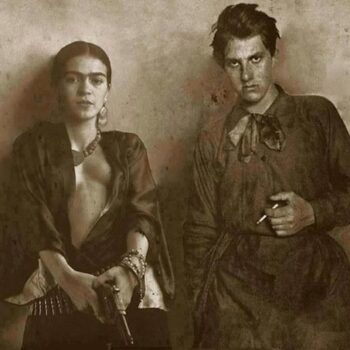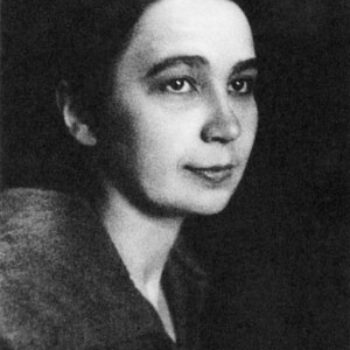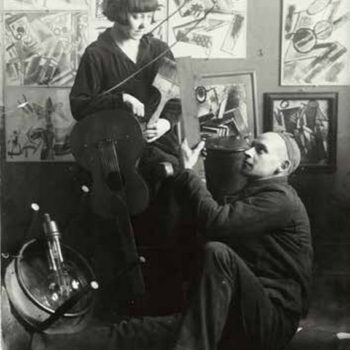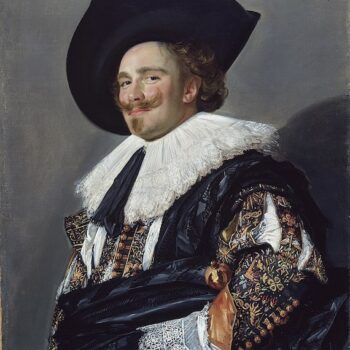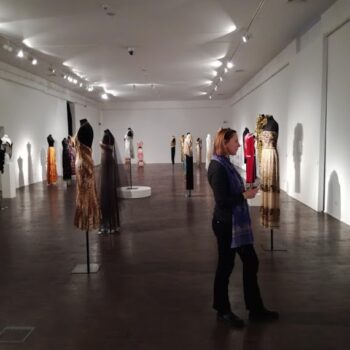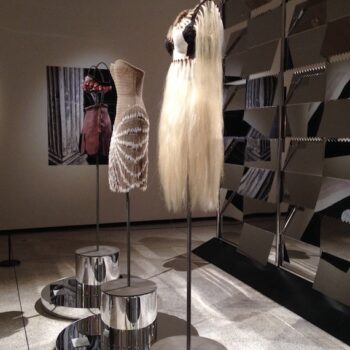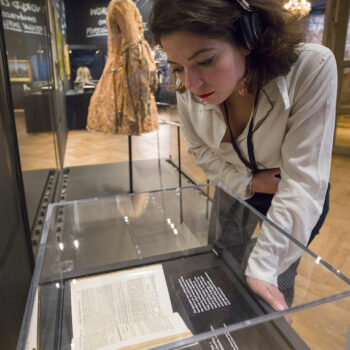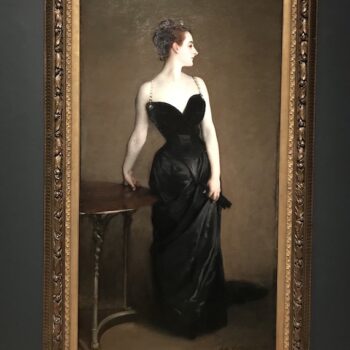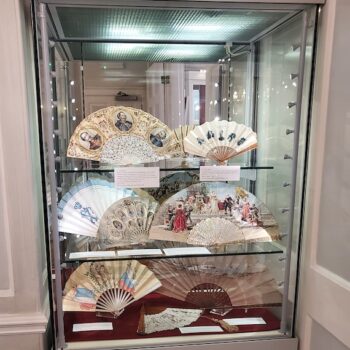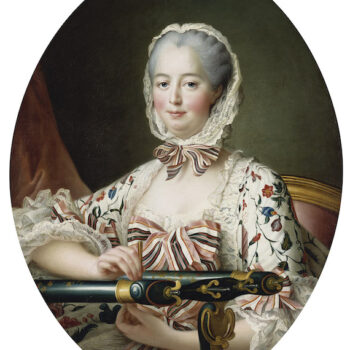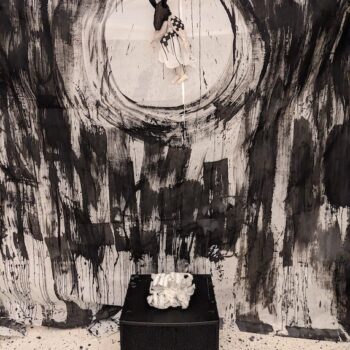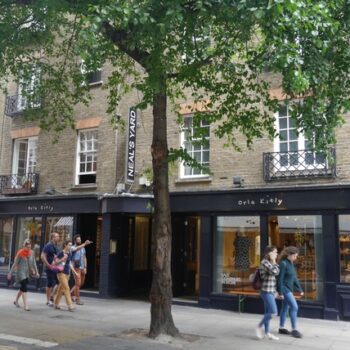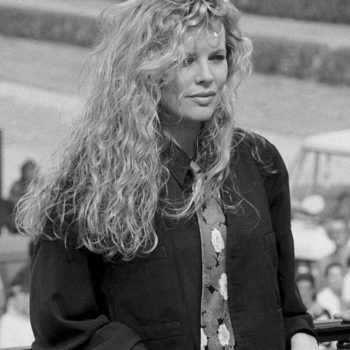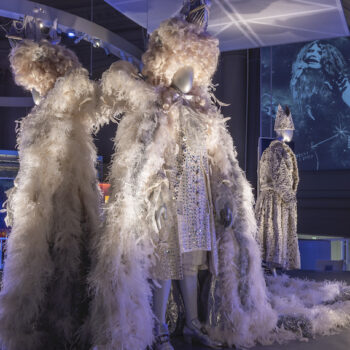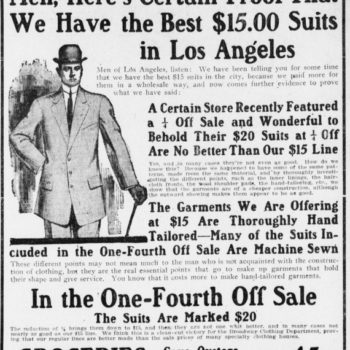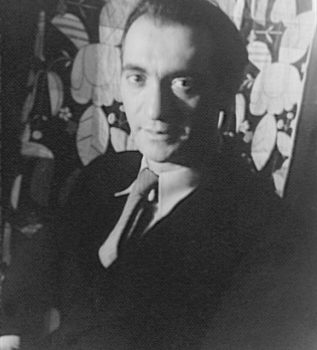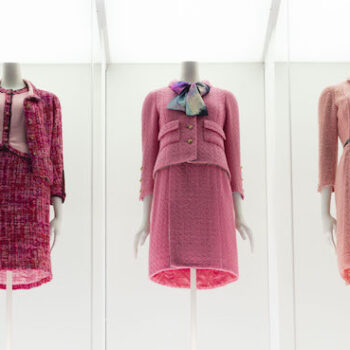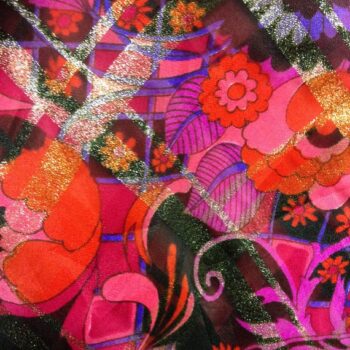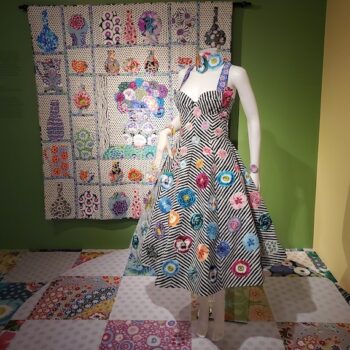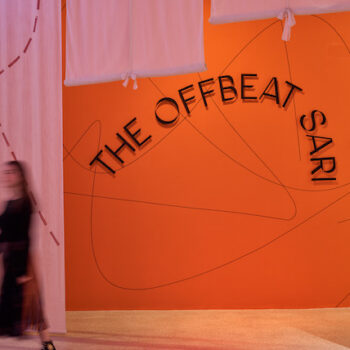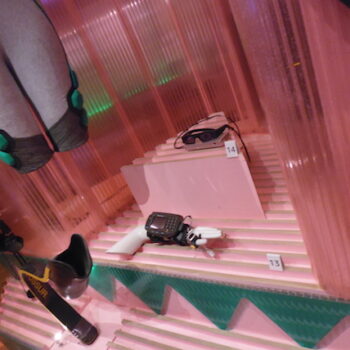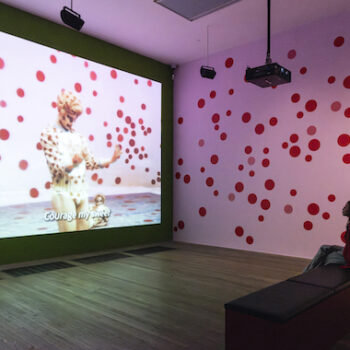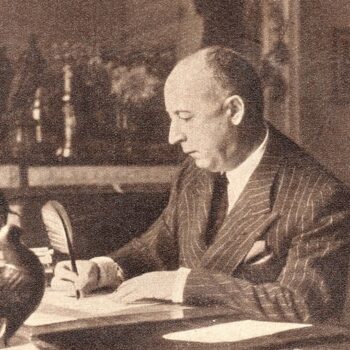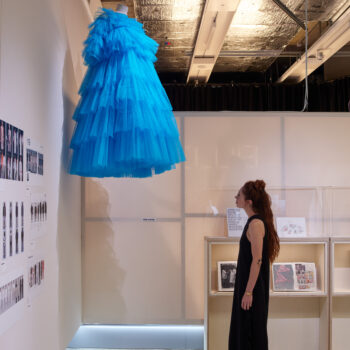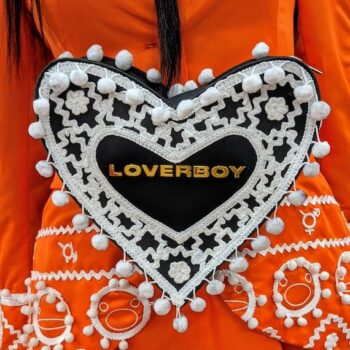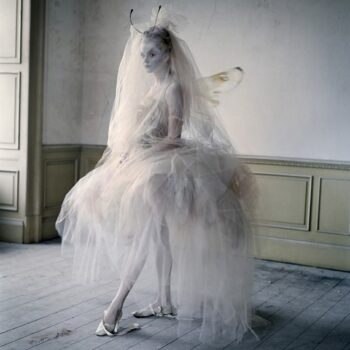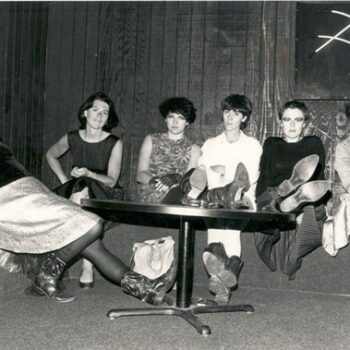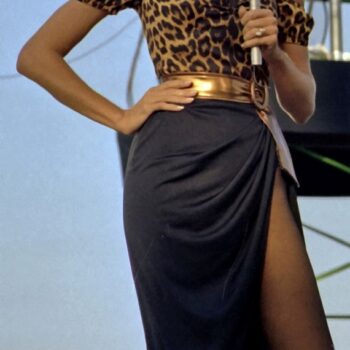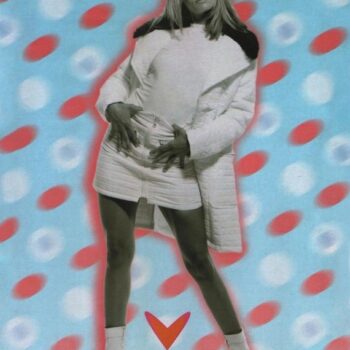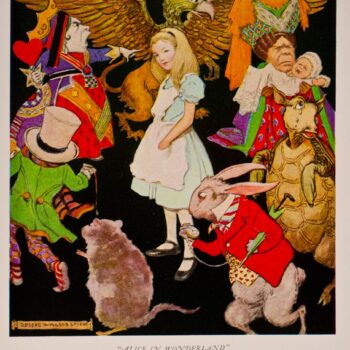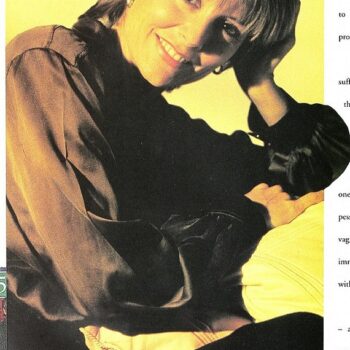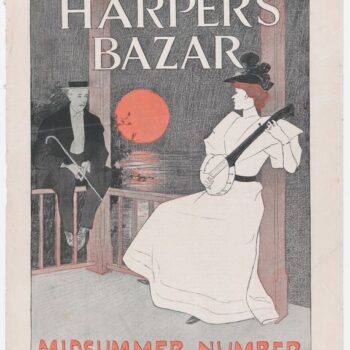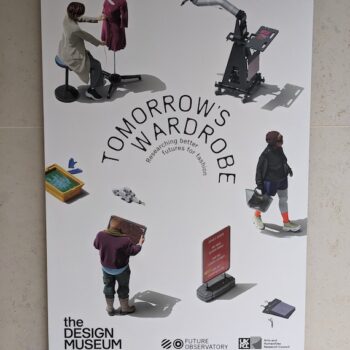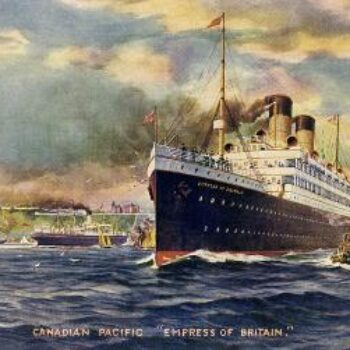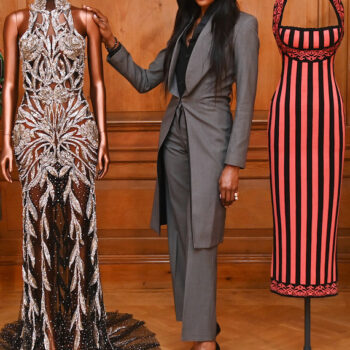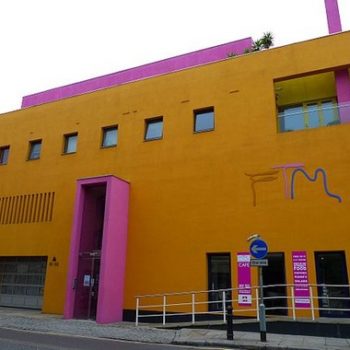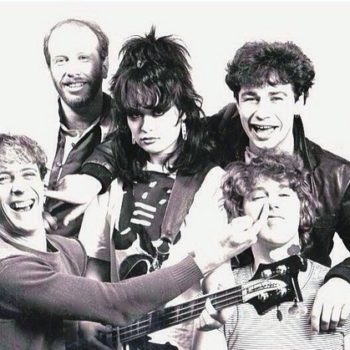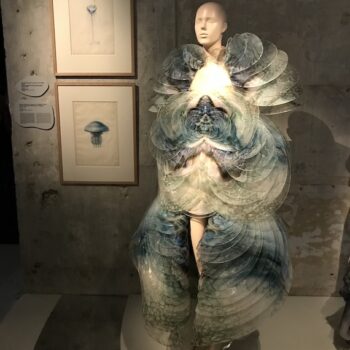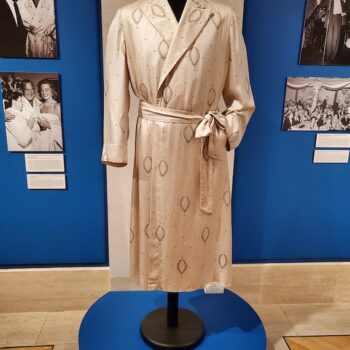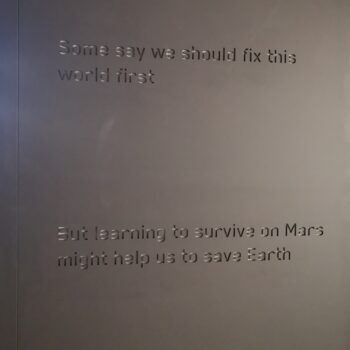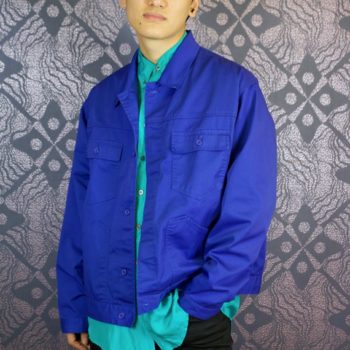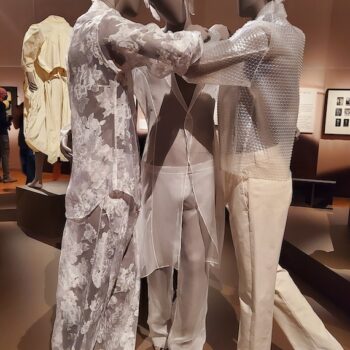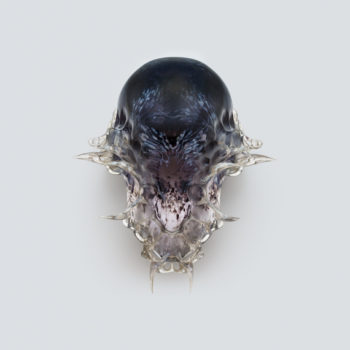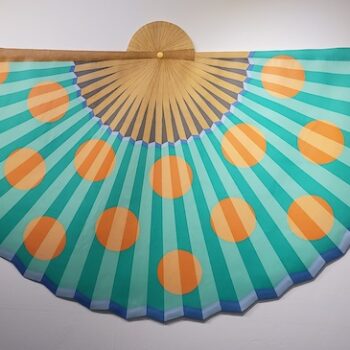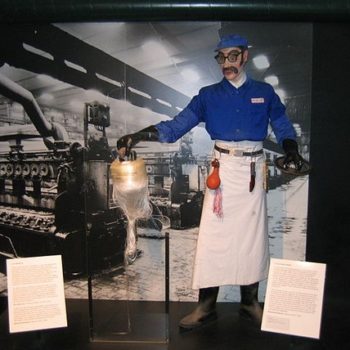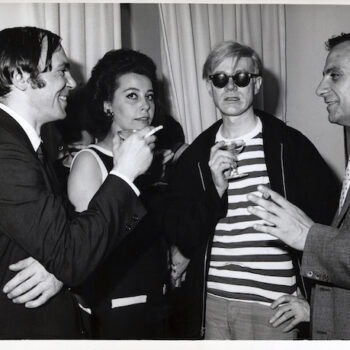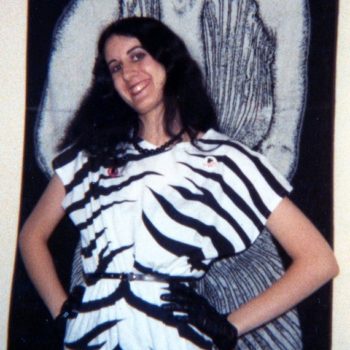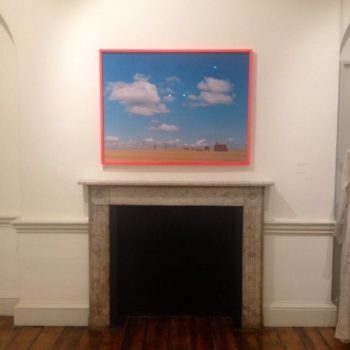Frida Kahlo: Making Herself Up – Review
July 15, 2018Frida Kahlo: Making Herself Up is a wildly awaited show at the V&A, and now it’s finally open the exhibition is booked out for weeks. That’s not surprising, since it shows many of the most famous Mexican artist of the 20th century‘s personal belongings including her clothes and famous medical corsets, which she painstakingly decorated from her sick-bed.
Kahlo’s image and myth are intrinsic to her paintings so the chance to see these things in real life is a dream come true for the many Fridamaniacs out there, and also those intrigued by her paintings, her style and her personality. They won’t be disappointed.
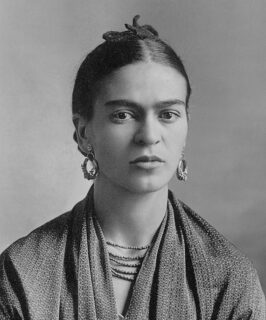
Frida Kahlo. gelatin silver print. Oct. 16 / 1932 Guillermo Kahlo, Public domain, via Wikimedia Commons
The items shown here even have a suitably mythical history. They come from the bathroom of the Casa Azul, (the Blue House ) in Mexico City where Magdalena Carmen Frida Kahlo y Calderón( b. July 6 1907, d. July 13 1954)- Frida Kahlo de Rivera -grew up, and later lived and worked. It is now the Frida Kahlo Museum .
When Frida Kahlo died at the age of 47 , her husband, the muralist Diego Rivera, put them there and ordered that they stay locked in until fifteen years after his death. He then made the house into a museum. In the event, they stayed there for many more years after that, more like fifty, because a museum director at the Casa Azul was afraid that the contents might shed controversial light on the couple and damage their reputation. Recently he died himself and so finally the bathroom was opened. I can’t imagine that some employee was able to resist having a little rummage though beforehand, after closing time…
The artefacts have survived in incredible condition. They include the clothes and medical corsets, but also her pills and medications, her cosmetics, things like sunglasses and sewing kits, and photographs and letters. I’m not sure that Diego didn’t just shove all of her stuff in the bathroom in its entirety, finding it too difficult to sort though. He himself died two years later.
The Elephant and The Dove
The elephant and the dove: that’s what Frida’s parents called Kahlo and Rivera . Certainly their appearance was ill-matched – Diego was very tall and fat to Frida’s petite frame, twice her size and almost twice her age, at 42 to her 22 when they married in 1929. Yet she loved him and was affectionate towards him, and as a very successful Mexican muralist, he provided her with financial security and a world stage. And besides, they both had more than one love affair with other people. (One was between Frida and Leon Trotsky , whose photo she subsequently always kept amongst others on her headboard).
The frustrations between Frida and Diego lead to a divorce in 1939 although the couple remained close, with Frida still handling Diego’s correspondence. There was a reconciliation and remarriage only a year later in December 1940.
As far as the museum director’s concerns, I’m not sure if he had a specific scandal in mind to damage the couple but it’s hard to know what that might have been. History is very open about most things in Kahlo’s life and each detail has been added lovingly to her story. Her many affairs were with both men and women and she has been adopted by the LGBT movement. Her disability was not a secret, and many people are fascinated by her pain, depicted over and over in her paintings. Her clothing style was a political act, meant to celebrate her own Mexican heritage over the dominance of European culture, which was pervasively eroding Mexican traditions with its perceived superiority.
Frida Kahlo – Miscarriage or Abortion?
There is just one thing that might have shocked museum audiences, then and now. Frida had one abortion, and another attempt at one which failed, but ended in a miscarriage anyway. There is a lithograph by Frida addressing this. Tears run down her face as blood runs down her leg, and on the one side is a fetus attached to her by an umbilical cord. On the other she wields a paintbrush. This print, which Frida apparently did not herself title, has variously been labelled “Untitled”, or, more suggestively, either “The Abortion” or “the Miscarriage”. In this show it is entitled “The Miscarriage” and the wall panels link this to a nearby plaster medical corset which has a central hole over the stomach which, the text suggest indicate the void where a pregnant belly would have been. Or it could be just for ventilation.
Apparently the “Miscarriage” story has historically been favoured, presumably because the abortion of Diego’s fetus might cast the loving Frida in a bad light. But it wouldn’t be strange if she went through an abortion for health or other reasons yet still felt sad about it.
Performing as a Mexican
So, the clothes. Frida’s distinctive appearanceis one of her biggest selling points. Some argue that this should not be so, and that, for example, when we think of Van Gogh, who had an equally tortured back story which has exerted a fascination for many, we don’t think of his face but of his paintings. Actually, I do think of his self-portrait, the one with the intensely sad eyes and the bandage over his ear. And the same is true for Frida Kahlo. A large amount of her paintings were self portraits, and certainly the most famous ones so yes, we think of her image. But though her carefully curated image brought her fame and caused people in America to turn and openly stare at her on the streets, it also worked the other way. Along with her inspiration from Mexican votive paintings, it has caused many people, then and now, dismiss her as not a “true” artist, or at “best” a folk or outsider artist.
But Frida was only performing as a Mexican peasant. In reality she was an educated, trained artist of a middle class, half-European background. She was born in Mexico. Her father was a German immigrant, who owned a photographer’s studio. Her mother was half-Spanish, half Mexican and worked in the perfume counter of a department store until she was married in 1898. She wore a high-necked, white corseted dress entirely in keeping with the Paris fashions of the day. Her father wore a conventional European suit. He had all of his children educated, and Frida was taught by him in the darkroom. She was also given private art lessons.
Frida Kahlo – Early Life
The show traces Frida’s early life, with photographs of her and her siblings, sisters Cristina , Matilde and Adriana in European children’s clothing. At one point in her late teens she dressed in a man’s suit. She wants to try out different identities and looks. That’s what the title Frida Kahlo: Making Herself Up aims to represent. As well as that there are photos of her wider family, of her mum as a child in traditional dress, which included amazing white headdresses that go all around the head, making the children look like little sunflowers. But the long skirts, huipil tunics and reboza shawls that Frida adopted as her everyday wear in her early 20s isn’t historical dress or the kind of traditional dress only brought out for special festivals.
The Clothing of Peasants
In the exhibition, wonderful photos by Tina Modetti documents women on the streets of Mexico wearing these outfits. Frida’s servants probably wore these outfits. It’s just that Frida’s family had climbed a few classes since her grandmother’s generation. A more telling photo, which put this in context is this picture of Frida with her lover Nickolas Muray, sister Cristina and her best friend Rosa Covarrubias in 1939, women of the same age and class as her. It shows, in context, how Frida is playing dress up.
Frida’s servants probably also didn’t have skirts and shawls of silk, or quite so many of them. She had an extensive wardrobe, and as well as that was said to dress up, to do her hair, nails and makeup even when she was ill in bed, even when she was not expecting visitors. That’s something you can’t do without help, without somebody who is doing the dishes so you can do your makeup. Frida was rich.
Local Inspiration
It’s the same with her art. Frida and Diego collected the tiny votive paintings made by local artists to hang in the church to give thanks to saints or the Virgin Mary for healing them. She was very influenced by this style of Mexican art which is why she was often mistaken for a folk painter herself. But the way that Kahlo painted was extremely skilled, the work of a trained artist. Along with a slightly disturbing collection of jade and turquoise beads which locals put in the mouths of the dead and Frida had made into a necklace, the acquisitions shows a lack of genuine connection with these traditions. It’s unlikely that a local would take, directly or indirectly, a painting from a church to hang on their wall or a bead from a dead person to hang around their neck.
Frida Kahlo: Making Herself Up Politically and Personally
Her style was adopted partly for political reasons, to identify with the Mexican people and particularly the Tehuanatribe that was said to be matriarchal, although she mixed the styles of a variety of Mexican peoples. It was also to make an impact, of course. And finally, although her paintings spoke about her pain and disability, Frida was still self-conscious about her body. A teenage photo shows her tucking her smaller right leg, withered with childhood polio, behind the left. Her long skirts hid this entirely, and the loose huipil tunics covered the plaster corsets.
Lifelong disability
The corsets were designed to correct the spinal problems she had after a bus accident at the age of 18. The damage was severe and Kahlo fractured several ribs, both her legs, and her collarbone. An iron handrail impaled her through her pelvis, fracturing the pelvic bone. Later x-rays showed the displacement of three vertebrae. The injuries nearly killed her, and the pain affected her for the rest of her life.
It was this which ended her ideas of becoming a doctor. Right after the accident she was put on bed rest for three months, and thought that instead, perhaps she could become a medical illustrator. She had an easel constructed over the bed which enabled her to paint from a supine position. Initially she painted her friends and family, subjects close at hand. She was very influenced by Renaissance masters such as Sandro Botticelli and Bronzino and from avant-garde movements such as Neue Sachlichkeit and Cubism.
In later life, after further operations in the United States to re-set her spine she returned to this way of painting, flat in bed, and there are very moving documentary photos of this. She also painted from a wheelchair, or standing where she was able. This is why she often painted her pets, fruit and flowers from her garden, or herself – they were easy to access from her position of limited mobility, and the usually modest scale of her canvases was easy to handle.
A sad parade
In a room in the V&A are several of her medical devices. The plaster corsets, many painted by Frida, are just one type of the corrective corsets she wore. According to a letter by Frida, they were formed on her body, next to the skin, hardening whilst she hung upside-down, and cut off a few months later. She also had steel and leather contraptions, and others. Eventually Frida developed gangrene in her toes. The shoe she wore at that time with the toe section cut away is here. But more striking still, her whole artificial leg with jaunty red boot laced is in the display case, from when the gangrene spread and her leg had to be amputated. Not only are these striking and significant articles included but, strangely, smaller medicaments too: aspirin, constipation medication, milk of magnesia.
Frida Kahlo died a year after the amputation. She was increasingly depressed and anxious after the operation. The official cause of death was pulmonary embolism , although some historians including Hayden Hererra have argued it may have been suicide.
Letters and trinkets
The room also includes many other personal artefacts, including letters to her doctor and other friends about her illness and pain which reveal much about her state of mind. Her doctor, Dr Juan Farill, became one of her best friends and she painted his portrait in thanks for the help he’d given her.
Frida Kahlo – Beautiful and Joyous
Moving on from this room with its heavy, sad atmosphere is quite a relief. The next room is the pièce de résistanceof the show – Frida’s outfits. There are maybe twenty, along with some of the self portraits of her wearing them. They were mix and match, in many contrasting colours, prints and embroideries but Frida always took care to pull it together with a unifying colour, or a rebozo to match her lipstick. Some of the pieces were bought at the local market, some on her travels, and some she had made for her. Some pieces, like the high collared Victorian blouses, are distinctly retro, 30 or 40 years old and maybe came from her family.
Whatever her reasons for wearing them, Frida’s clothes are a magnificent and joyful collection, and, along with the chance to see several key paintings in person, are well worth the visit.
Frida Kahlo: Making Her Self Up is at the V&A Museum until 4th November 2018



